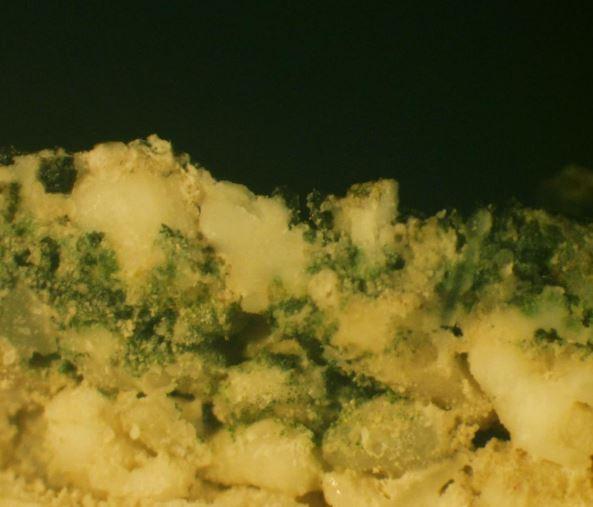
Most life on Earth - plants, algae, and even some microorganisms - gain energy due to photosynthesis, a process where sunlight, water, and carbon dioxide are used to make glucose, a type of food for them just like it is us.
Sunlight is the energy source but a new discovery finds that cyanobacteria (blue-green algae) can grow in near-infrared light. What most of us learned about photosynthesis in school is that it uses the green pigment, chlorophyll-a, both to collect light and use its energy to make useful biochemicals and oxygen. Chlorophyll-a is present in all plants, algae and cyanobacteria that we know of, and the way chlorophyll-a absorbs light means only the energy from visible red light can be used for photosynthesis. So that is the ‘red limit’ for photosynthesis, the minimum amount of energy needed for chemistry that produces oxygen.
But cyanobacteria can grow in longer wavelengths of light, and it happens from bacterial mats in Yellowstone to a cupboard with infrared LEDs at Imperial College London. When those cyanobacteria are grown under near-infrared light, the standard chlorophyll-a-containing systems shut down and different systems containing a different kind of chlorophyll, chlorophyll-f, turn on. It was believed that chlorophyll-f just harvested the light but the authors of the new paper say that chlorophyll-f plays the key role in photosynthesis under shaded conditions, and it is using lower-energy infrared light to do the complex chemistry. Which means there is photosynthesis ‘beyond the red limit’.
Colony of Chroococcidiopsis-like cells where the different colours represent photosynthesis driven by chlorophyll-a (magenta) and chlorophyll-f (yellow). Credit: Dennis Nuernberg
Why is this just being discovered? Chlorophyll-f based photosynthesis, this third type of photosynthesis, is only used in special infrared-rich shaded conditions; in normal light conditions, the standard red form of photosynthesis is used. Another cyanobacterium, Acaryochloris, does do photosynthesis beyond the red limit, but because it occurs in just that one species, which live underneath a green sea-squirt that shades out most of the visible light leaving just the near-infrared, it was considered one of those evolutionary pranks that nature creates on occasion.
This could be good news for researchers trying to engineer crops to perform more efficient photosynthesis by using a wider range of light. Science marches on.
Top image: Cross-section of beach rock (Heron Island, Australia) showing chlorophyll-f containing cyanobacteria (green band) growing deep into the rock, several millimeters below the surface. Credit: Dennis Nuernberg


